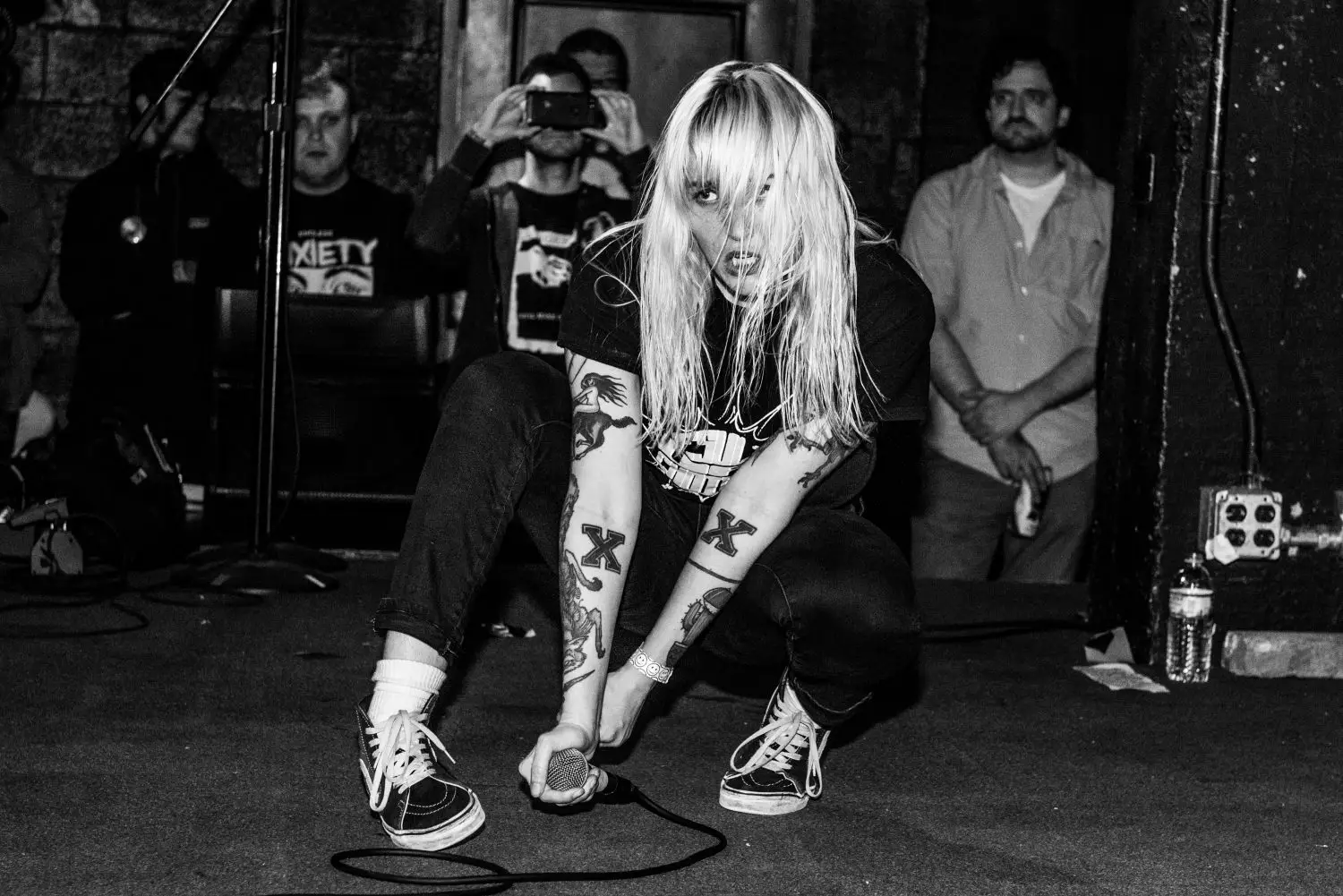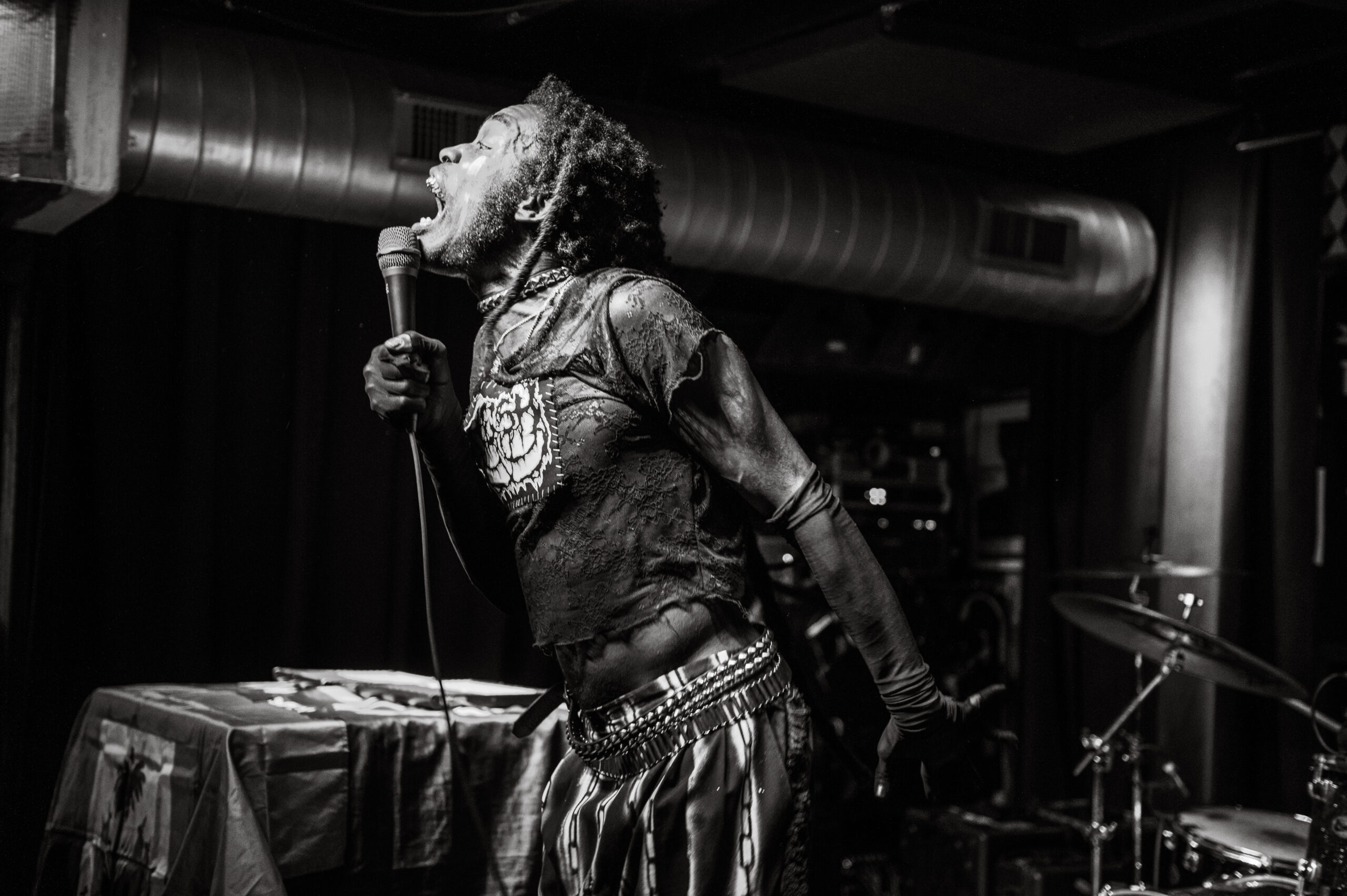There are three big reasons why Peacock and WWE are debuting a new documentary, this week, about 1993’s Wrestlemania IX, titled Becoming a Spectacle.
One, it’s become a new tradition to debut a new, high-effort wrestling documentary – with “Becoming” in the title — during the leadup to that year’s Wrestlemania (two years ago it was a Ric Flair doc, last year it was Bray Wyatt). Two, that year’s Wrestlemania was in Las Vegas, as is this year’s. And three, a huge cache of behind-the-scenes footage has been unearthed of that 1993 card, and now is as good a time as any to finally let it see the light of day.
This doc is a unique examination of perhaps the most unique Wrestlemania of them all, and is one of the best docs of its kind that WWE has brought out in recent memory. But it does feature two things familiar from lots of other pro wrestling documentaries: Bret Hart complaining about how badly he’s been treated, and Hulk Hogan — at least in all likelihood — lying through his teeth.
Hogan vs Hart
And indeed, that was Wrestlemania IX’s famous ending: Hart, in the main event, lost the championship to Yokozuna, at which point Hulk Hogan came out to complain about Yoko and manager Mr. Fuji cheating. They challenged the Hulkster to an impromptu match for the title, with Hogan winning in a matter of seconds.
Storyline-wise, it was pretty indefensible, as it featured Hogan vulturing the title from Hart, a fellow good guy. Hart certainly feels that way himself to this day, declaring that he “never felt more betrayed by Vince McMahon than I was that day,” although I can think of a couple of other betrayals that may have been worse.
It was also a betrayal of about a year of storytelling, in which Hogan had been absent while filming movies, in an attempt at a Hollywood career that would work out a generation later for The Rock, John Cena and Dave Bautista, but not for him.
Ric Flair, after a memorable run, was gone back to WCW, and the company was being turned over to younger stars like Hart, Shawn Michaels, Razor Ramon and Yokozuna. The calendar had flipped from the ‘80s to the ‘90s, and it was meant to serve as the first Wrestlemania to not have Hogan present. I remember this wrestling magazine cover very well:

But not long before the show, it was announced Hogan was returning after all, as part of a tag team match where he teamed with Brutus “The Barber” Beefcake against Ted DiBiase and Irwin R. Shyster that was billed as a co-main event. It’s established that ticket sales were slow – was he begged to come back? The documentary kind of yaddas past that.
And by the end of the night, Hogan was the champ again, although he’d be out of the company again, this time for more than a decade, a few months later. Hogan is also well-remembered for showing up that night with a black eye.
Wrestling urban legend lore has it that “Macho Man” Randy Savage slugged him in the face, possibly as part of a dispute over Miss Elizabeth’s sleeping arrangements, but Hogan and Beefcake both claim the black eye happened in a jet ski accident. Although where they found a place to go jetskiing, in the desert, is not explained; you should really never trust anything Hulk Hogan says, ever, especially in a documentary.
All that said, the crowd seemed into the title switch, and I know I was excited, watching the show live at my aunt’s house when I was 15. Hogan and Hart would never wrestle one another in WWE, meeting only once in a forgettable match on WCW Monday Nitro in 1998, when both were a combined age of nearly 100.
Becoming a Spectacle
The “Becoming a Spectacle” refers to the way that Wrestlemania paved the way for the major pageantry that would represent the big event in future years. Although a huge takeaway is that this was a very different WWE (actually WWF) than what’s out there today- and it was taking place in a very different Las Vegas. For one thing, the ’93 Wrestlemania, was billed as “at Caesar’s Palace,” was really more in a makeshift arena built in a parking lot next to Caesars; Wrestlemania 41, next weekend, will take place in the NFL stadium that was still decades away from being built in 1993.
We even see that at least one Vegas sports book was taking action on the Wrestlemania main event, and I’m wondering how that possibly could have been legal. The fix is in! There were quite a few people in town who work for the company and know the outcome.
The behind-the-scenes footage is mostly valuable to give us candid glimpses of wrestling figures who are long gone: “Macho Man” Randy Savage, Mr. Perfect Curt Hennig, Gorilla Monsoon, Mean Gene, Bobby the Brain Heenan, Howard Finkel. We also see a ridiculous establishing shot of Michaels’s crotch as he sits on a diving board.

And as multiple people explain in contemporary talking-head interviews, there’s no way this footage could have ever seen the light of day in a different era, when kayfabe was still taken seriously. Also in those interviews, there’s a ton of that The Last Dance trick where the subject is handed an iPad to watch a clip and react to it on camera.
The last 40 minutes sort of breeze through the night’s matches, and it’s almost quaint watching a Wrestlemania that only featured nine matches (10 if you count Hogan’s impromptu challenge), lasted about three hours and was only on one night.
There was stuff I’d forgotten, like Lex Luger debuting his Narcissist gimmick that night, Giant Gonzalez sporting the worst in-ring costume in WWE history, and The Undertaker no-selling an attack with chloroform.
There’s unfortunately very little of Jim Ross, who happened to make his WWE debut that day, adorned in a toga. We see one interview with Ross – now employed by rival AEW and a frequent Dark Side of the Ring interviewee — although it’s not clear if it’s new or not.
And needless to say, Vince McMahon is not interviewed either, although we see him in lots of old footage.
If you were around and watching wrestling in 1993, you’ll likely get a kick out of this. And if you weren’t, you’ll get a glimpse of something so different from today that it might as well be a different sport.




